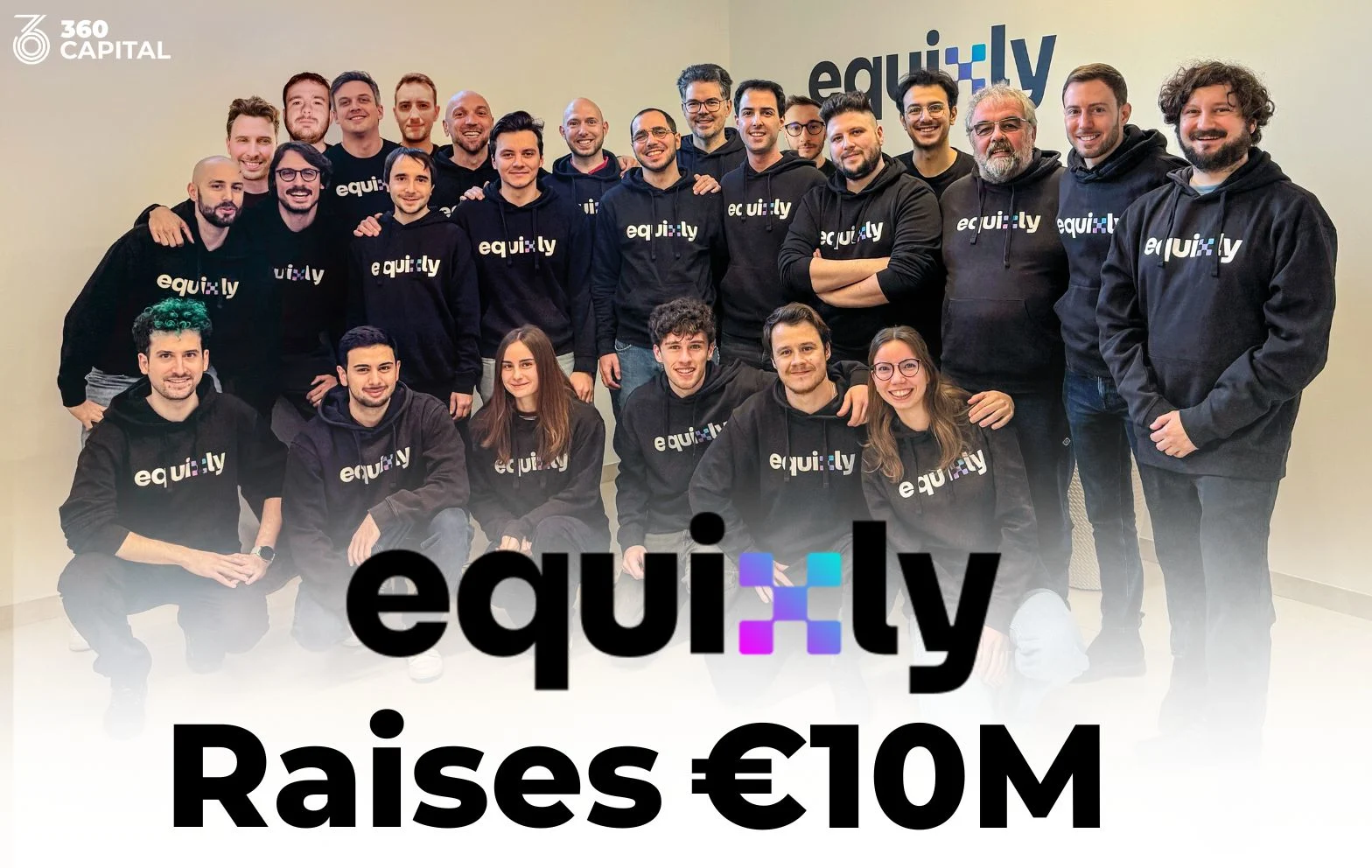Following up on our previous article, where leading VCs from funds like Elevator Ventures, Day One Capital, and Roosh Ventures shared the most common (and sometimes funny) mistakes they see in startup pitch decks, we’re taking a closer look at what great looks like. This time, Cristian Munteanu, Managing Partner at Early Game Ventures, shares his best practices for creating a pitch deck that actually works, along with the most frequent missteps founders make when pitching to investors.
What is a VC pitch deck
Most pitch decks I see are bad, but not because the founders are bad. They’re bad because no one ever told them what a deck is actually for. A good deck isn’t just a checklist of slides. It’s a story that creates belief. And every slide either moves that story forward or wastes the reader’s attention.
How to make the pitch deck: slide by slide guide
The Cover
Most founders treat the cover like dead space. It’s not. This is the slide that stays on screen while you set up, while you talk, while people join the call late. Make it useful. At a glance, I should know what industry you’re in and what you claim to change. Put your USP front and center. Put your name and contact info here, too. You want anyone who stumbles on the deck to know who to call.
The Problem
This is where most decks lose me. Don’t just describe a mild inconvenience. Frame the problem clearly and boldly. Think of it on two axes: intensity (how painful is it?) and frequency (how often does it happen?). You want to be in the top-right quadrant: a problem that’s both severe and common. Show me that you’ve tested it. Show me that it’s real.
The Solution
Here’s where you risk being underwhelming. Too many founders describe a solution that’s clever but doesn’t actually fix the problem. So ask yourself: does your solution really solve the problem? Have you tested it? Does it work? And how big is the change you’re introducing? Incremental tweaks don’t excite anyone. Show me something that moves the needle.
Competition
This slide is almost always done wrong. Founders love feature tables: “We have all these checkmarks; competitors don’t.” But startups don’t win because of one more feature. Show me who you’re up against and why you’re better in a way that actually matters — speed, cost, user love, distribution. And be honest. Pretending you have no competitors just makes you look naive.
Business Model
This slide is simple, but you can still screw it up. Don’t waste words explaining what everyone already knows. If it’s a subscription, just say it. If it’s transaction-based, fine. What matters is that it’s credible and fits the product.
Team
This is your chance to convince me you’re the ones to solve this problem. Don’t just list resumes. Tell me what makes you uniquely qualified to attack this specific problem. Show me how you and your teammates complement each other and work together. The goal here isn’t to prove you’re impressive in general, but that you’re perfect for this.
The Ask
And finally, the slide where you answer the four big questions:
- How much money are you raising?
- What runway does that give you?
- What will you use it for?
- What milestone will you hit by the end of it that puts you in a strong position for the next round?
If you can answer those four questions clearly and succinctly, you’ll already be ahead of 90% of founders.
A good deck isn’t about impressing people with how many slides you have or how many buzzwords you can cram in. It’s about making me believe. And the way you do that is by showing that you’ve thought deeply about the problem, built a solution that really works, and assembled the right people to make it happen. That’s the story. The rest is just slides.






